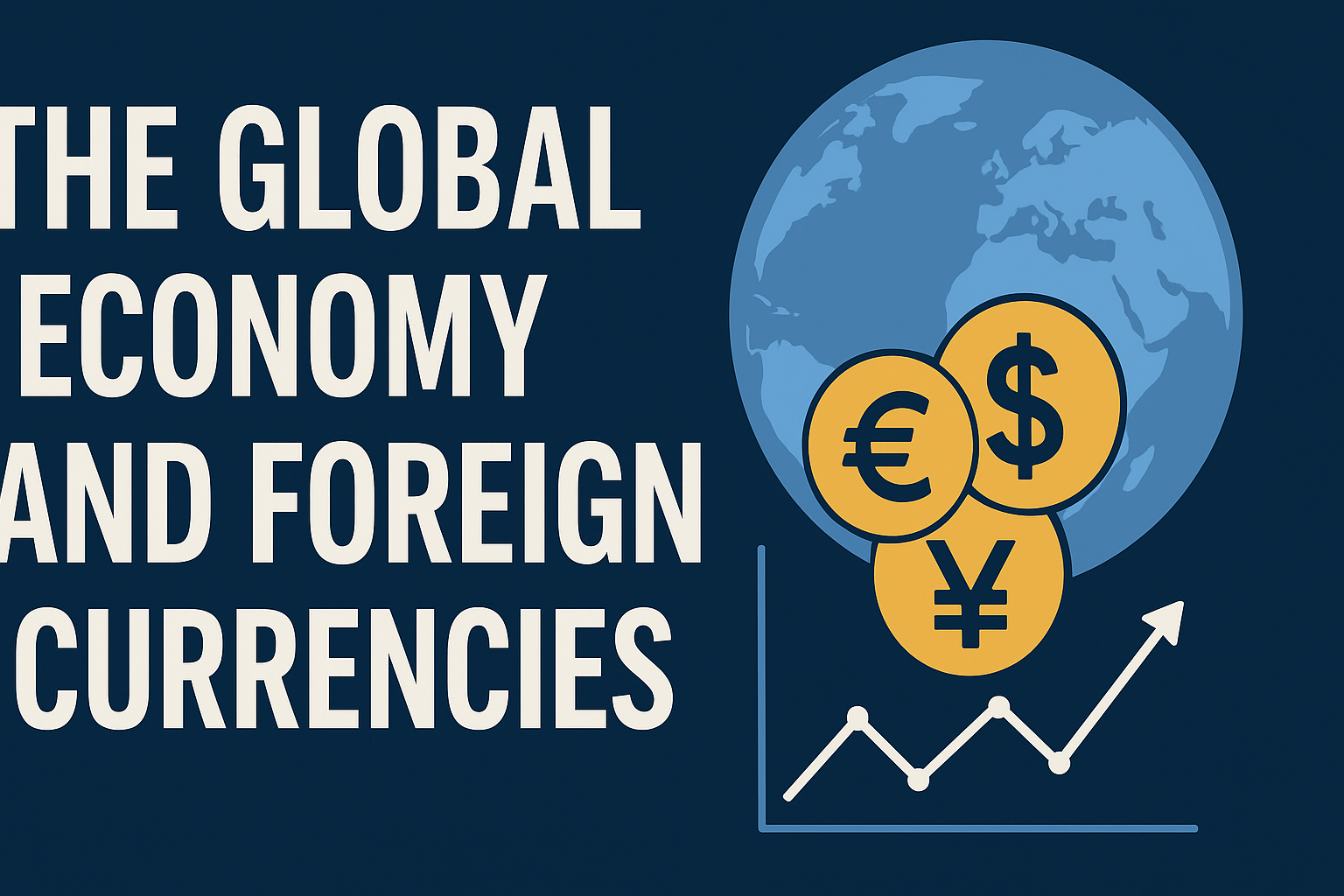
The 21st-century global economy is no longer a patchwork of isolated markets; it is a single, interwoven network of trade, finance, technology, and migration. A phone assembled in Vietnam, financed in dollars, designed in California and sold in Africa illustrates how deeply intertwined our economic lives have become.
Foreign currencies are the language this system speaks. Every cross-border transaction — whether it’s an oil shipment, a bond purchase or a streaming subscription — requires converting one nation’s money into another. The relative price between currencies (the exchange rate) is therefore not just a technical figure on a trading screen; it is a real-time indicator of growth prospects, inflation trends, interest-rate expectations and political risk.
When global demand surges, exporters earn more, capital flows intensify and currencies of dynamic economies tend to strengthen. In downturns, money often flees to “safe-haven” currencies like the U.S. dollar, Swiss franc or Japanese yen, which can upend debt markets in developing nations. Central banks try to smooth these swings through monetary policy, reserves and currency interventions, but their room to manoeuvre is limited by global investor sentiment.
This dance between the global economy and foreign currencies has practical effects: it determines how much governments pay for imports, how competitive a nation’s exports are, how much tourists spend abroad, and how stable a country’s debt burden remains. For businesses, it guides hedging strategies and pricing; for households, it influences inflation and job security.
Understanding the interplay between the global economy and foreign currencies is therefore not a niche exercise for traders but a civic skill in an interconnected world. Policy makers who ignore it risk sudden shocks; citizens who follow it can better interpret the headlines that shape their livelihoods.